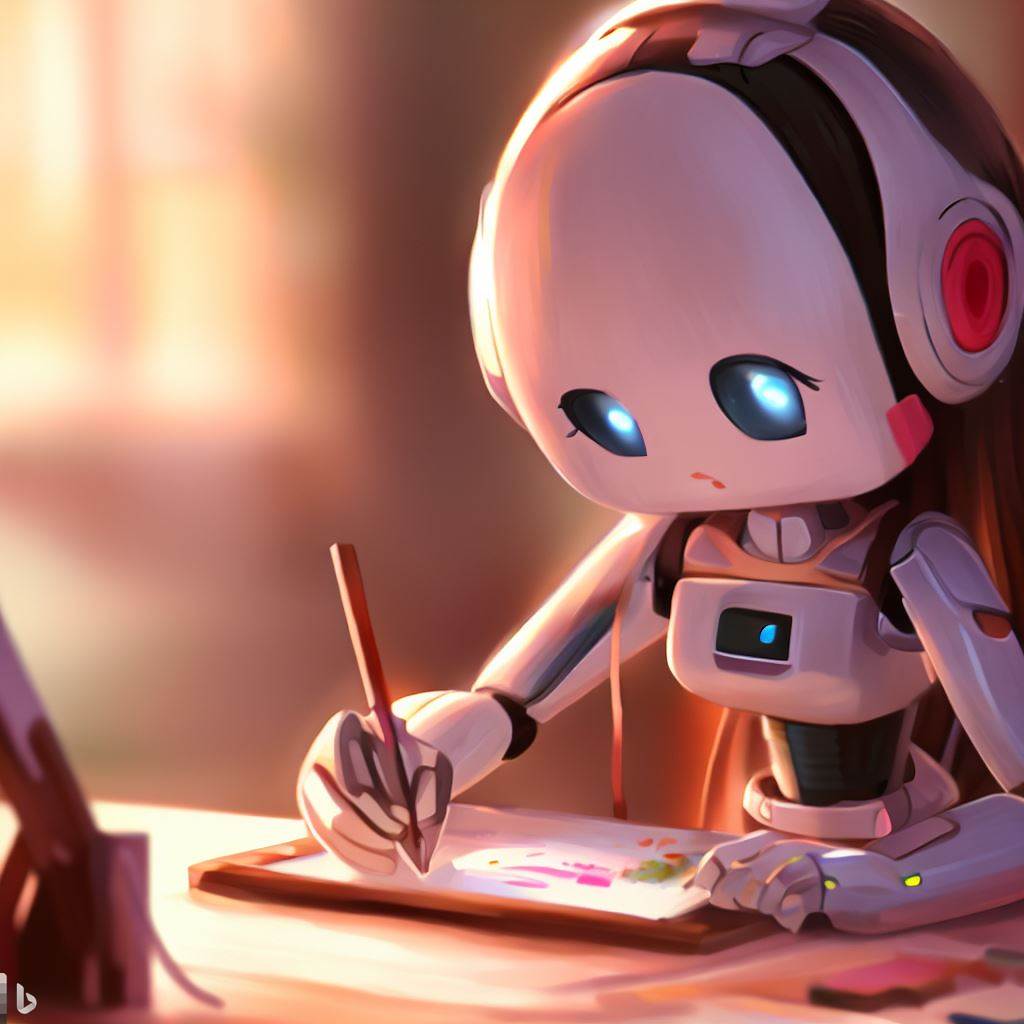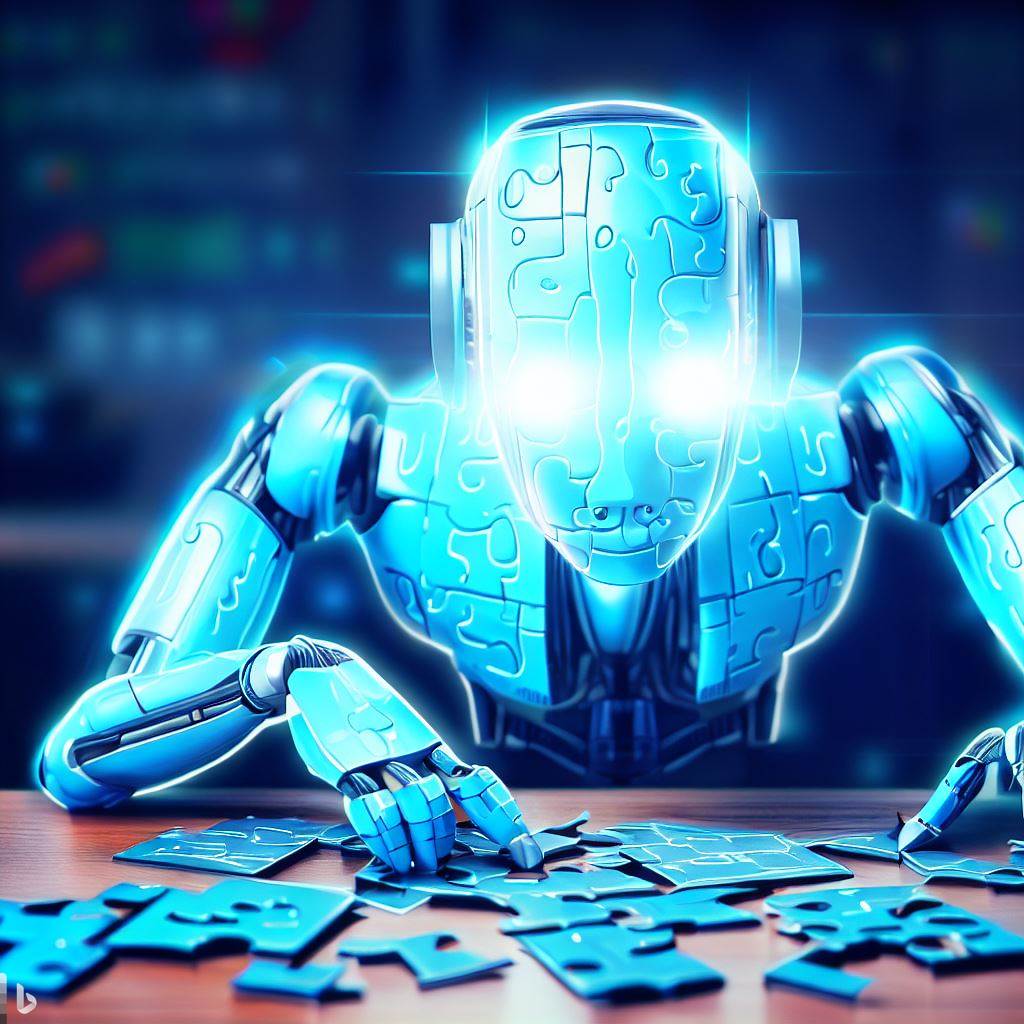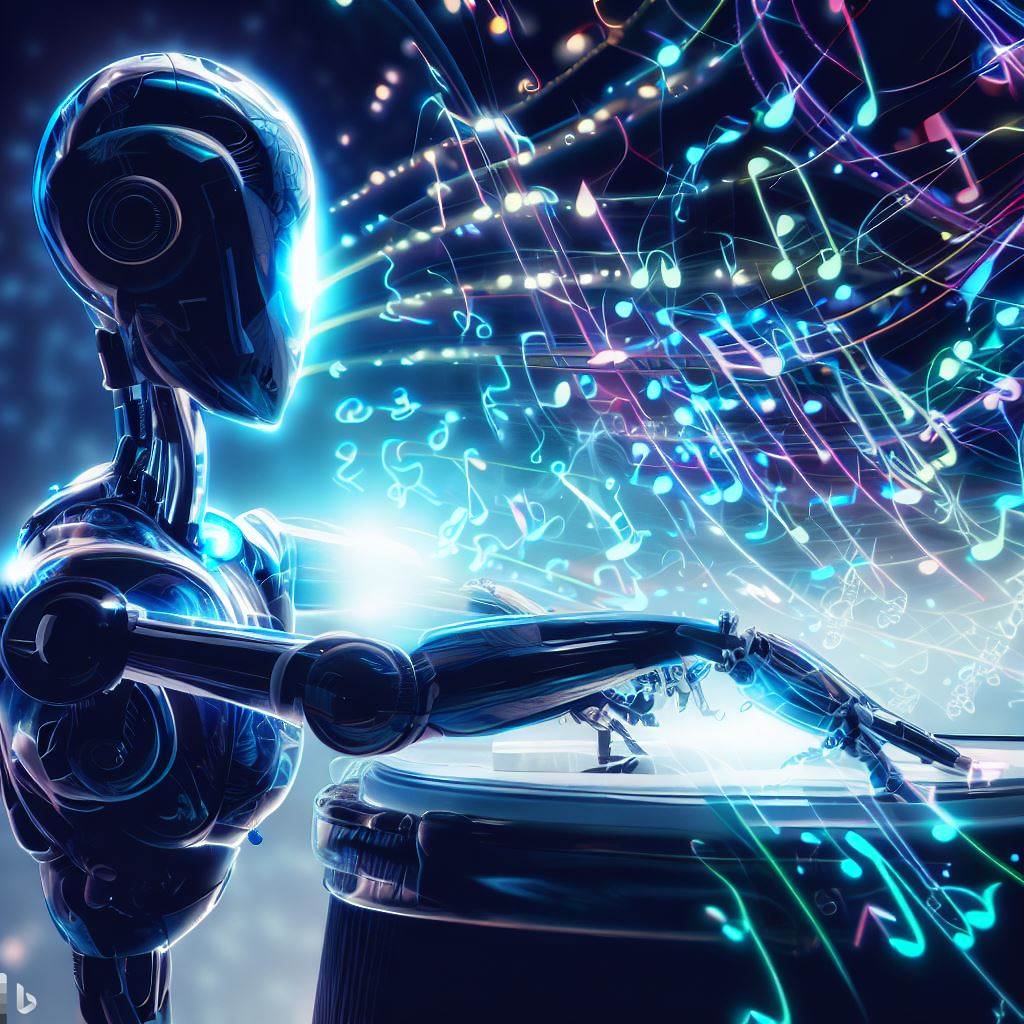Artificial Intelligence is the ability of machines or programs to think and learn from data and experience. AI has been advancing rapidly in the past few years and has found applications in almost every domain of human activity. Here are some of the amazing things that AI can do that you may not have known before:
1. Create Art and Music:
AI can generate original and creative artworks, such as paintings, drawings, sculptures, and even music. For example, Google’s Magenta project uses deep learning to create music and art. Magenta can produce melodies, harmonies, rhythms, and styles that are inspired by different genres and artists. Another example is AIVA, an AI composer that can produce music for films, games, and commercials. AIVA can compose music in various moods, tempos, and instruments, based on a large database of classical music.
2. Write Stories and Poems:
AI can also write stories and poems that are coherent, engaging, and sometimes humorous. For example, OpenAI’s GPT-3 is a powerful language model that can generate texts on various topics and styles. GPT-3 can write fiction, non-fiction, news, reviews, essays, and more, based on a few words or sentences as input. Another example is Botnik, a platform that uses predictive text to create funny stories and poems. Botnik can combine words from different sources, such as books, movies, tweets, and lyrics, to create hilarious texts that mimic the style of the source.
Do you have a software/mobile development project in mind? Contact us today and let us help you turn your idea into reality. We have the skills, experience, and passion to create amazing solutions for your business needs. Email us at sales@nesesho.com
Want to know more about our Tech Solutions? Visit us at www.nesesho.com
3. Detect Diseases and Discover Drugs:
AI can help diagnose diseases and find new treatments by analyzing medical data and images. For example, Google’s DeepMind has developed an AI system that can detect eye diseases from retinal scans. The system can identify more than 50 eye conditions with high accuracy and recommend the appropriate treatment. Another example is IBM’s Watson, which can suggest personalized cancer treatments based on genomic data. Watson can analyze the genetic mutations of a tumor and compare them with a database of clinical trials and medical literature to find the best therapy for each patient.
4. Play Games and Solve Puzzles:
AI can play complex games and solve challenging puzzles that require strategy, logic, and creativity. For example, Google’s AlphaGo has defeated the world’s best human players of Go, a board game that is considered to be one of the most difficult games ever invented. AlphaGo uses deep neural networks and reinforcement learning to learn from millions of games and improve its skills. Another example is DeepCubeA, an AI system that can solve the Rubik’s cube in seconds. DeepCubeA uses a deep learning algorithm that can find the optimal solution for any scrambled cube without any human guidance or domain knowledge.
5. Translate Languages and Imitate Voices:
AI can translate languages and imitate voices with high accuracy and naturalness. For example, Google Translate can translate texts and speech between over 100 languages. Google Translate uses a neural machine translation system that can learn from large amounts of data and produce fluent translations that preserve the meaning and context of the original text. Another example is Lyrebird, an AI startup that can create realistic voice clones of anyone from a few minutes of audio. Lyrebird uses deep learning to analyze the voice characteristics of a person and generate new speech samples that sound like them.
6. Drive Cars and Fly Drones:
AI can control vehicles and drones autonomously, without human intervention. For example, Tesla’s Autopilot can drive cars on highways and city streets. Autopilot uses cameras, radar, ultrasonic sensors, and GPS to detect the environment around the car and steer, accelerate, brake, change lanes, park, and avoid collisions. Another example is Skydio, a company that makes self-flying drones that can avoid obstacles and follow targets. Skydio uses computer vision and deep learning to map the surroundings of the drone and plan its flight path in real-time.
7. Recognize Faces and Emotions:
AI can recognize faces and emotions from images and videos, with applications in security, entertainment, and social media. For example, FaceApp can transform faces with filters that change age, gender, hairstyle, and expression. FaceApp uses a neural network that can modify facial features with realistic results. Another example is Affectiva, a company that uses AI to measure emotions from facial expressions and voice tones. Affectiva uses machine learning to analyze the facial movements and vocal patterns of people and infer their emotional states.
8. Generate Images and Videos:
AI can generate realistic images and videos from text or sketches, with applications in design, education, and entertainment. For example, DALL-E is an AI system that can create images from text descriptions. DALL-E uses a generative adversarial network (GAN) that can produce images that match the given text, even if the text is absurd or contradictory. Another example is NVIDIA’s GauGAN, which can turn simple sketches into photorealistic landscapes. GauGAN uses a deep learning model that can fill in the colors and textures of the sketch based on semantic labels, such as sky, water, grass, etc.
These are just some of the amazing things that AI can do today. As AI technology continues to improve and evolve, we can expect to see more applications of AI in the future that will enhance our lives and society.
Do you have a software/mobile development project in mind? Contact us today and let us help you turn your idea into reality. We have the skills, experience, and passion to create amazing solutions for your business needs. Email us at sales@nesesho.com
Want to know more about our Tech Solutions? Visit us at www.nesesho.com



